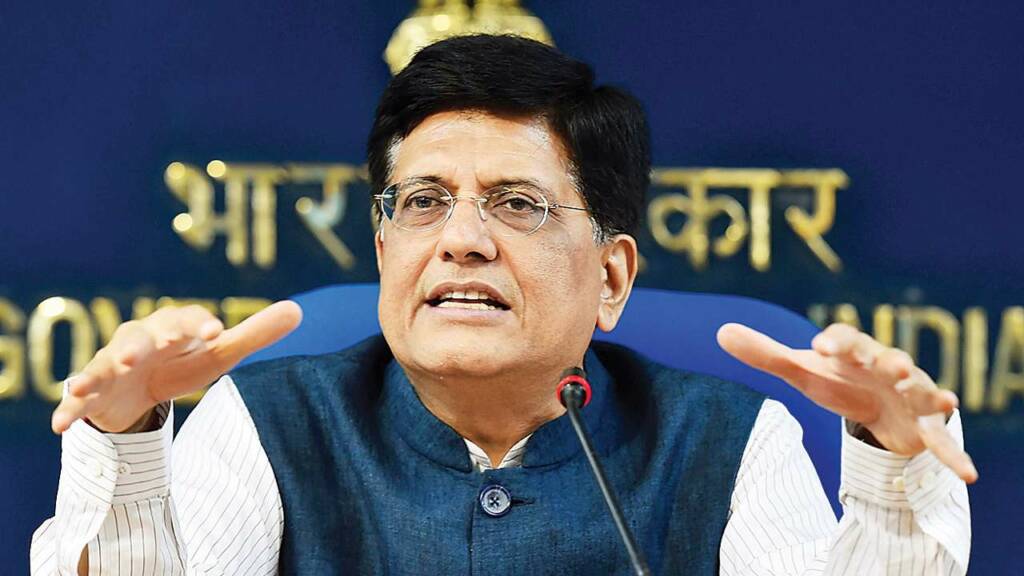The governments across the world, including in India, are struggling to meet the revenue targets amid Coronavirus pandemic. While the revenues remain modest, expenditure has gone up exponentially as the governments continue to borrow to meet public expenditure and support businesses.
The fiscal deficit and debt to GDP ratio have increased manifolds in the last few years and the space for capital expenditure by the government is limited. Therefore, the governments are looking for innovative ways to raise money for capital expenditure, and asset monetization is one of the ways.
In countries like India, the government has large assets, especially in the form of land. In fact, the union government is the biggest landholder in India with various ministries like Defense, Railway, holding millions of acres of land. Many PSUs like BSNL, Power Grid, Oil Marketing Companies (OMCs) also hold large swaths of land across the country.
In the last union budget, the finance minister stressed on land monetization to meet the capital expenditure target and infrastructure development. Since then, the ministries are working on the plan with the Ministry of Railways under the leadership of Piyush Goyal leading the way.
“The Union Budget had stressed on asset monetisation to put the available resources to better use. The Rail and Defence ministries are close to finalising monetisation of various surplus land assets. They have done their assessment and it has been discussed in detail. Among state-owned companies, BSNL is at an advanced stage to monetise (surplus assets) to aid infrastructure creation,” said a government official, as per a report by The Indian Express.
The Defense Ministry, which is the biggest landowner of the country, has about 17.95 lakh acres land, of which, around 1.6 lakh acres land is within the 62 cantonments and about 16.35 lakh acres outside their boundaries. There is a dedicated department named Directorate General, Defense Estates to look for the land under the defence ministry. The Ministry is assessing land available for monetization and later this land will be allotted to private and public players to generate revenues.
The Ministry of Railways is a step ahead and has already started monetization. The second-largest owner of the land in the country, the railway has 4.78 lakh hectares land (11.80 lakh acres), of which, 4.27 lakh hectares is under operational and allied usage while around 0.51 lakh hectare (1.25 lakh acres) is vacant. Rail Land Development Authority, a statutory authority under the ministry is looking after the commercial development of railway land and monetization process. It has raised around 300 crore rupees in last year through land monetization, and this year it plans to raise 1,500 crore rupees.
The loss-making PSUs like BSNL and Air India are looking at land monetization to fill the gap between revenues and expenditure. BSNL has already identified land worth around 25,000 crore rupees which can be monetized in the coming years.
“BSNL has identified about a dozen assets, including land parcels, that can be monetised, some of which will be used to build infrastructure assets. This process is expected to start soon and may take another six months to be completed,” said an official.
The time has come that the government uses resources at hand to meet expenditure and minimizes the burden on taxpayers. Had this land been lying with private players, they would have earned billions of dollars through monetization, but with the government, it is idle and falling prey to illegal encroachers. The encroachment on Railway and Defense land is well known and, therefore, the government needs to identify this land and put it to efficient use.
The Civil Aviation and Road Development ministries are also monetizing land at their disposal at airports and along with highways. The state governments also have millions of acres of land with which it can earn billions of dollars. The Union ministers and Central Public Sector Enterprises (CPSEs) have already started the process and state governments should also take the initiative soon.
More the government- state and central- use non-tax revenues to meet expenditure, less will be the burden on taxpayers. Therefore, the government must use all the resources at its disposal to efficient use to minimize the burden on taxpayers.
